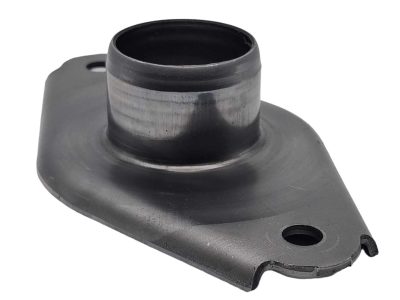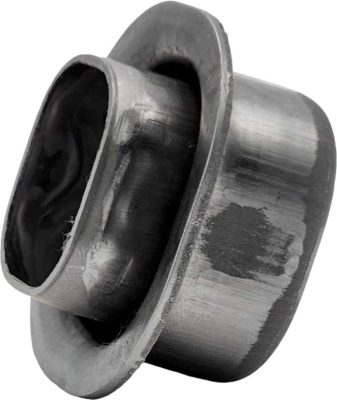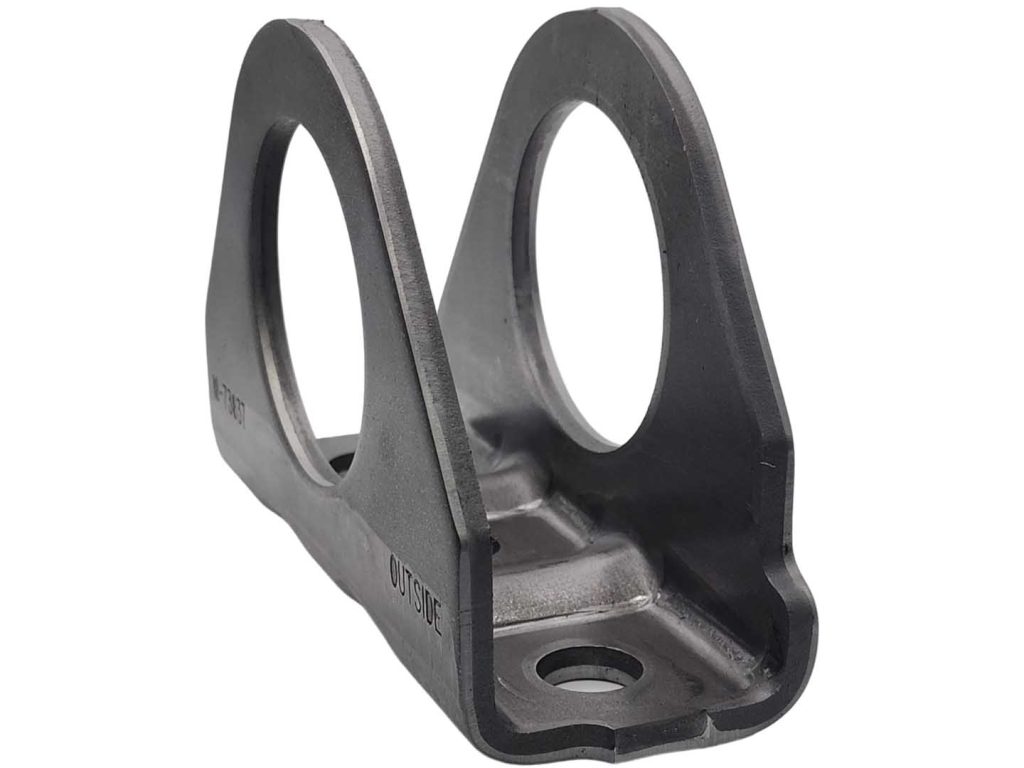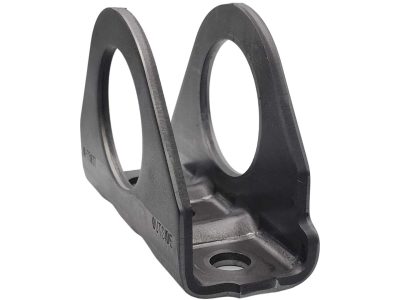Stamped products are vital in the automotive industry, contributing significantly to vehicle design, safety, and performance. Through precision manufacturing processes, these parts provide the foundation for modern automobile construction. Various stamped automobile components include the following:
- Body Panels (fenders, trunk lids)
- Engine Components (valve covers, oil pans)
- Chassis Components (frame rails, cross members)
- Interior Components (seat brackets, trim pieces)
- Fuel System Components (fuel tank)
- Exhaust System Components (heat shields, brackets)
- Brake System Components (backing plates)
- Cooling System Components (radiator supports, fan shrouds)
- And more
This blog explores the various aspects of stamped products and their impact on the automotive industry.
Enhancing Vehicle Design

Stamped products enable the creation of intricate and aesthetically pleasing vehicle designs.
From smooth curves to complex bends, stamped parts allow vehicle designers to create intricate, breathtaking designs that contribute to automobiles’ overall visual appeal. Manufacturers can achieve unique vehicle identities and tailor their brand image, using parts manufactured with advanced stamping techniques to create complex shapes and forms.
Ensuring Structural Integrity
Stamped products are crucial for ensuring the structural integrity of automobiles. Body panels, such as floor pans and transmission tunnels, are stamped to precise specifications, providing a secure and robust mounting location for other assemblies. These components contribute to enhanced vehicle durability and crashworthiness by remaining solid and compliant during regular operation and distorting in a controlled, predictable manner during collisions, protecting the occupants.
Optimizing Performance
 Stamped components play a crucial role in optimizing vehicle performance. Stamping allows cohesive unit bodies to be designed and assembled to deflect precisely, improving ride quality and reducing noise, vibration, and harshness. Various chassis components, such as engine cradles and strut mounts, can be stamped to precise specifications, ensuring interchangeability between automotive platforms, reduced unique inventory, and lower manufacturing costs. By maintaining tight tolerances and high-quality standards, stamped products contribute to improved overall quality requirements and enhanced overall performance.
Stamped components play a crucial role in optimizing vehicle performance. Stamping allows cohesive unit bodies to be designed and assembled to deflect precisely, improving ride quality and reducing noise, vibration, and harshness. Various chassis components, such as engine cradles and strut mounts, can be stamped to precise specifications, ensuring interchangeability between automotive platforms, reduced unique inventory, and lower manufacturing costs. By maintaining tight tolerances and high-quality standards, stamped products contribute to improved overall quality requirements and enhanced overall performance.
Enhancing Safety Features
Stamped products are not just integral, they are the backbone of safety features in automobiles. Components like seat brackets and reinforcement panels are stamped accurately for structural support and stability. These parts enable the integration of advanced safety systems, such as airbags, seat belt anchors, and crumple zones, which provide a reassuring layer of protection for occupants in a collision.


